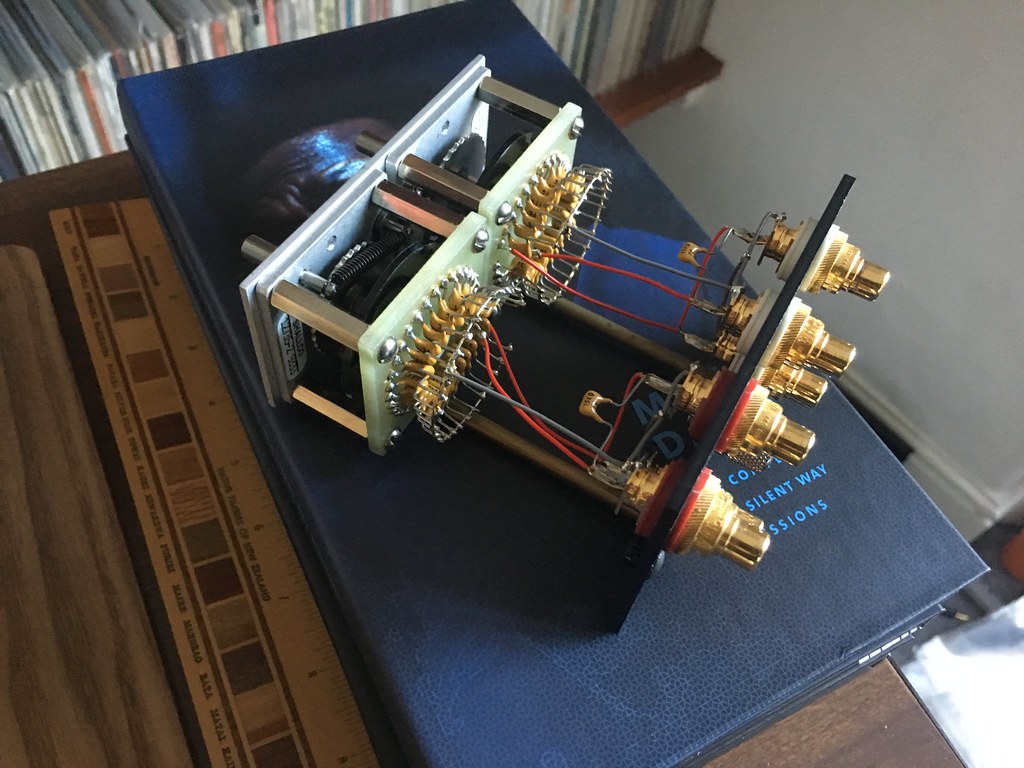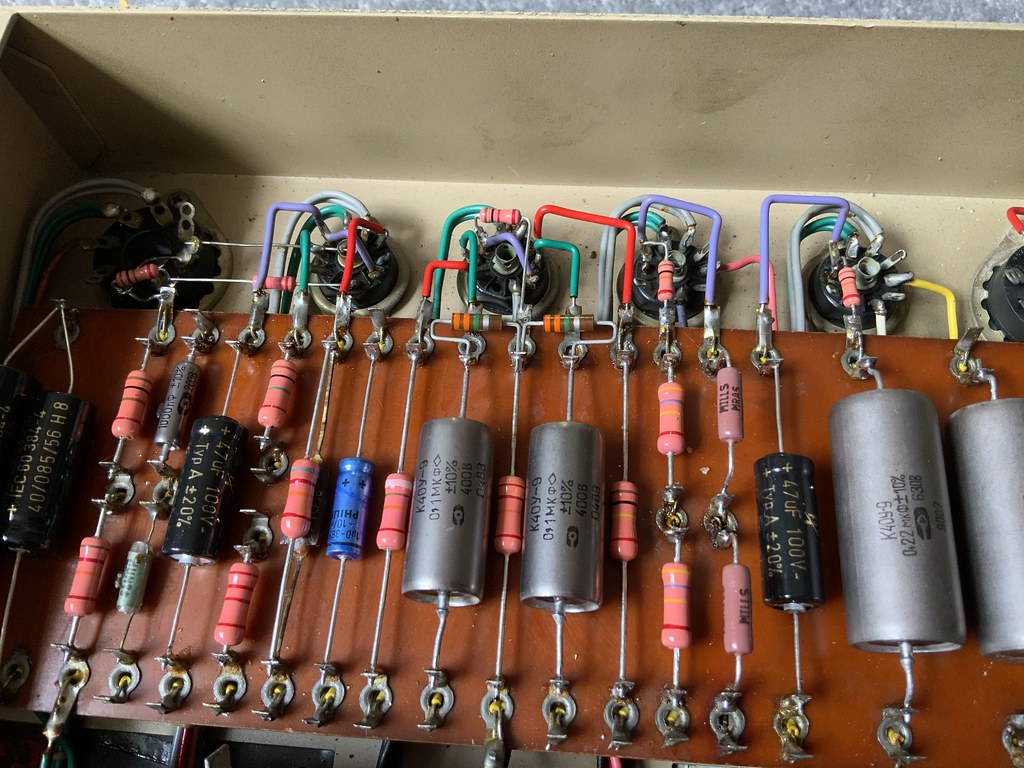Tony L
Administrator
Just done the power-up into a shorted-out input lead as suggested above and no buzz/noise of any kind.
I guess the next thing to try is the Quad 34 in place of the Audio Synthesis stepped attenuator?
PS If it is something external I don’t understand how it can consistently (100%) affect one of the two amps and not the other. The issue unquestionably follows that amp chassis (i.e. not the valves, interconnect, mains lead, preamp/CD channel, speaker it is connected to). No exceptions here, when the issue occurs it is always with amp #2.
I guess the next thing to try is the Quad 34 in place of the Audio Synthesis stepped attenuator?
PS If it is something external I don’t understand how it can consistently (100%) affect one of the two amps and not the other. The issue unquestionably follows that amp chassis (i.e. not the valves, interconnect, mains lead, preamp/CD channel, speaker it is connected to). No exceptions here, when the issue occurs it is always with amp #2.



